Our Label Law #1: What Difference Do Labels Really Make in Fashion?
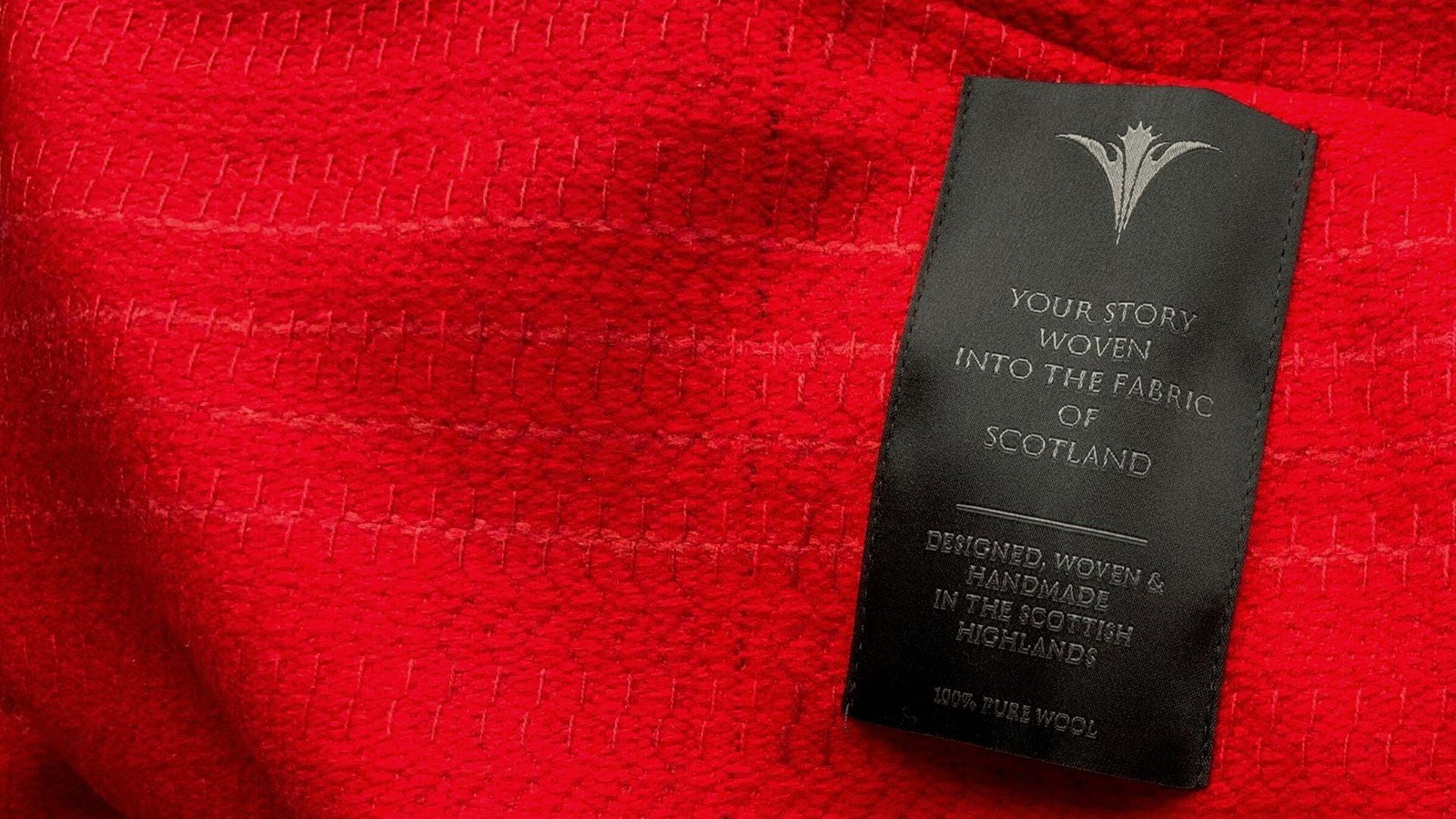
The garment you’re wearing right now will likely have a label somewhere inside. Why? To inform you of
- The brand that designed it
- What materials the garment is made of
- Where it was made
- How to wash it
These are important factors, but it’s fair to say a lot of people don’t look at them… even have a habit of cutting them out and throwing away! But when we do, are most of us really aware of the reality behind the words? Do they fulfil their purpose?
The concept of labelling garments actually started as a protest by unionists in the US, for purposes of activism against employers to fight oppression in domestic garment industries – POW! The International Ladies Garment Workers’ Union (ILGWU) were particularly famous for this, using clothing labels to promote their cause to protect the livelihoods of domestic garment makers.
With the depletion of garment worker unions, today these kinds of labels are indicators for vintage fashionistas about the era in which an item was made. So… we can tell a clothing piece was made in contemporary times by the fact that it… doesn’t have the power of a union backing the people who made it… how sad!
Laws about labels have been passed over the years to protect consumers. What has happened though is they now just protect the brands – you can’t be angry at them for putting plastic in your clothing when, technically, they told you beforehand by including the materials on the label (or at the bottom of the website listing). But the truth is, they rely on normal people’s lack of awareness of the true content of materials. We’ve a feeling that if that 100% polyester top from Shein or Asos had ‘Crude Oil’ written on its label, with lettering mirroring the same urgency as tobacco products, we might see a decline in their sales.
Like most things in the 21st century labels have become a ‘tick-box’ exercise; a performative symbol; the textile version of big tech ‘Terms and Conditions’ that don’t prompt google searches to help people learn what’s truly in their clothes.
When a garment says ‘Made in China’ or ‘Made in Bangladesh’, that should also cause alarm bells to ring but many are still not aware of the risks these words represent…
We find it challenging to convince people to choose clothes ‘Made in Scotland’ even though this label comes with a guarantee that both the makers and the environment have been treated properly. We feel very similar frustrations to those union garment workers – the fight hasn’t changed and we’re still pushing for the liberation of local manufacture again, as opposed to the majority of our country’s clothing being imports.
Ditch the vague performative labels and ditch the companies that happily benefit from your misinformation. You’ll find that Prickly Thistle garments have a small label woven from recycled materials which simply says…
Designed, Woven and Handmade in the Scottish Highlands
100% wool
All other details on our website. Complete honesty. No bullshit!
Love Clare and the team
x
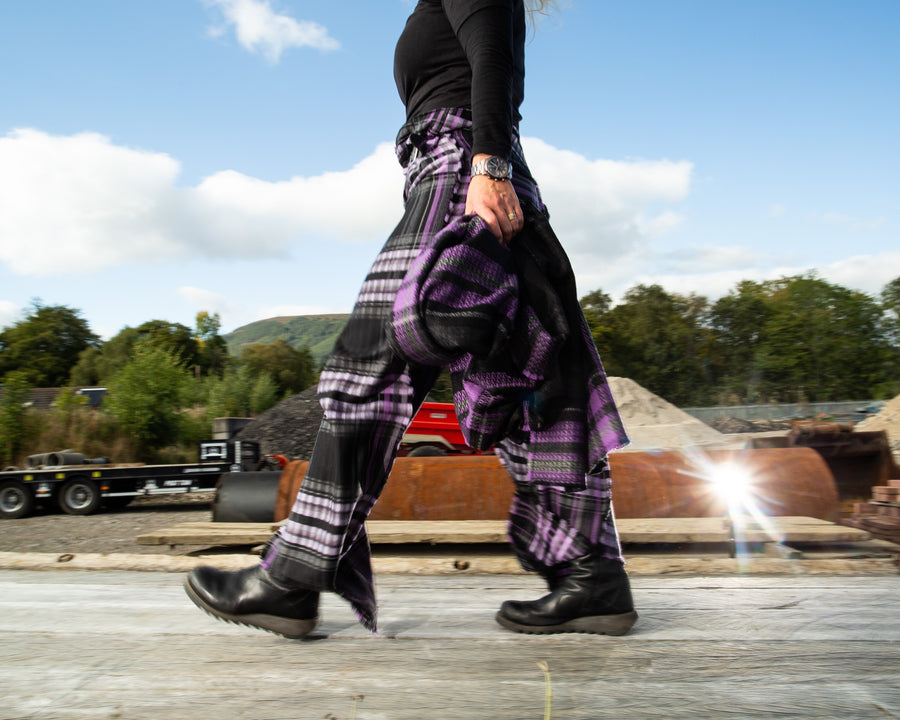
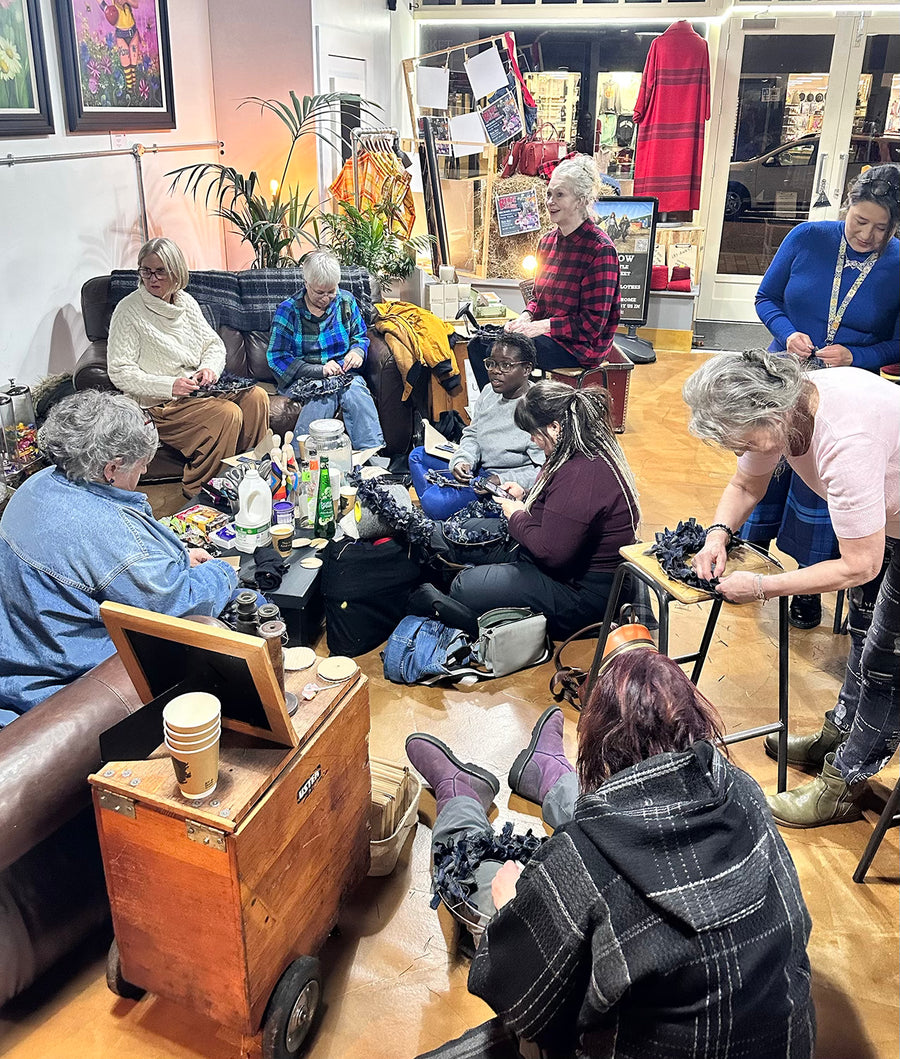
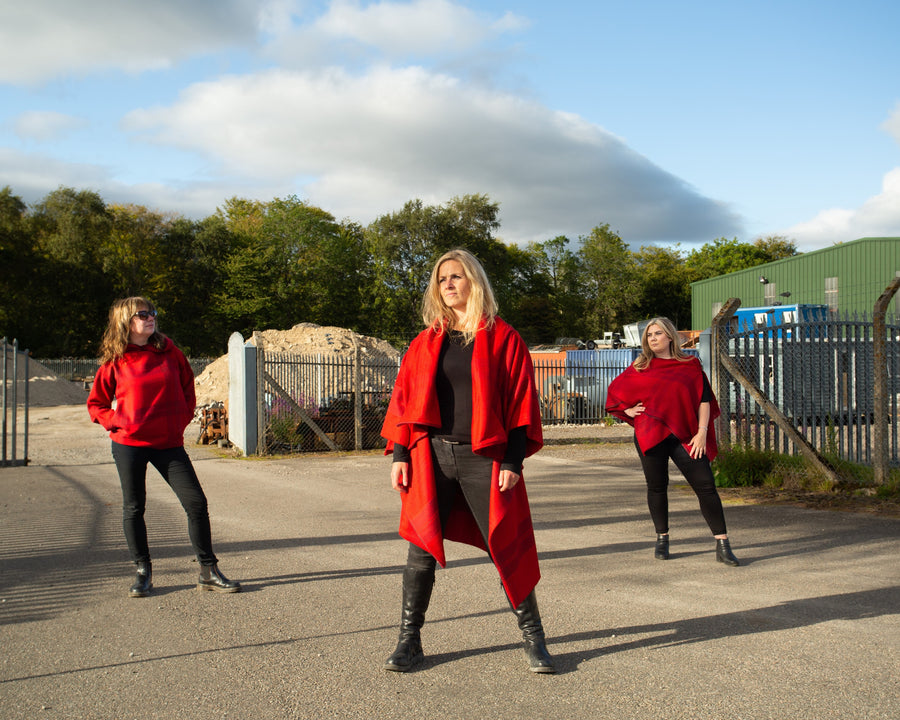
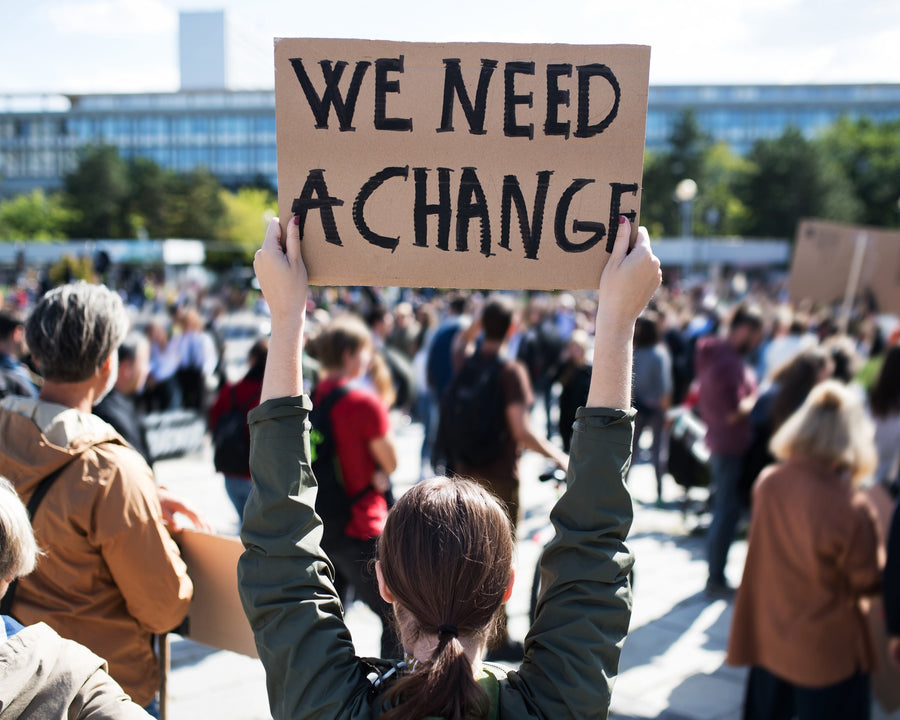
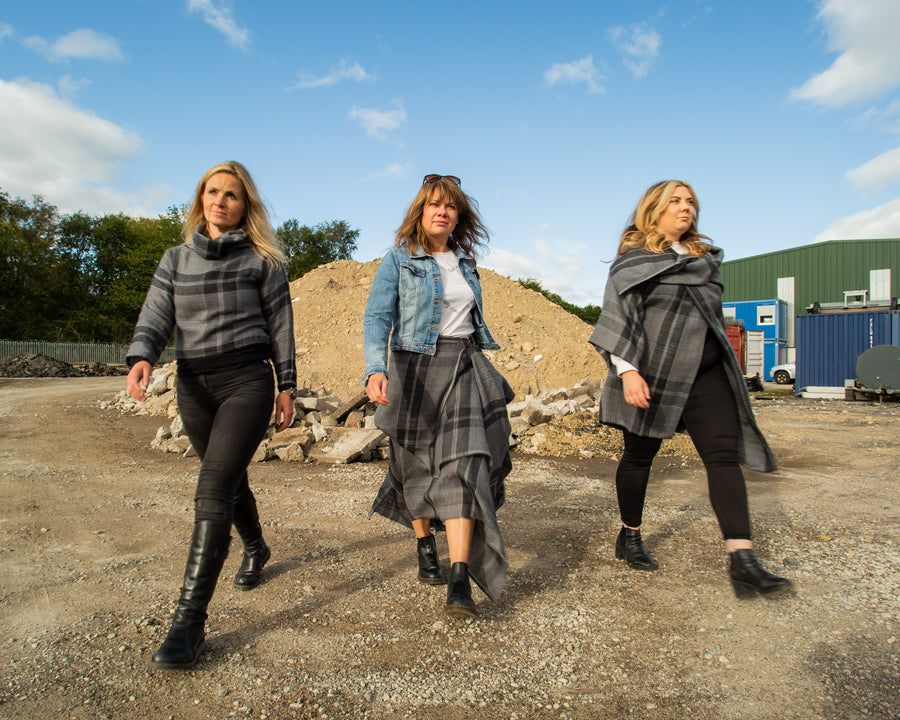
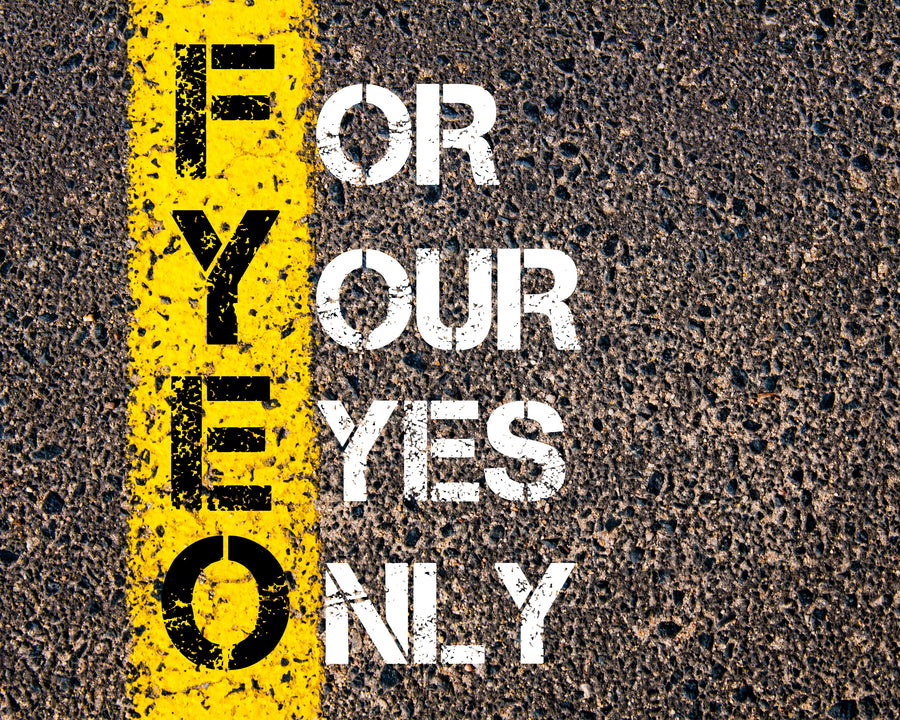
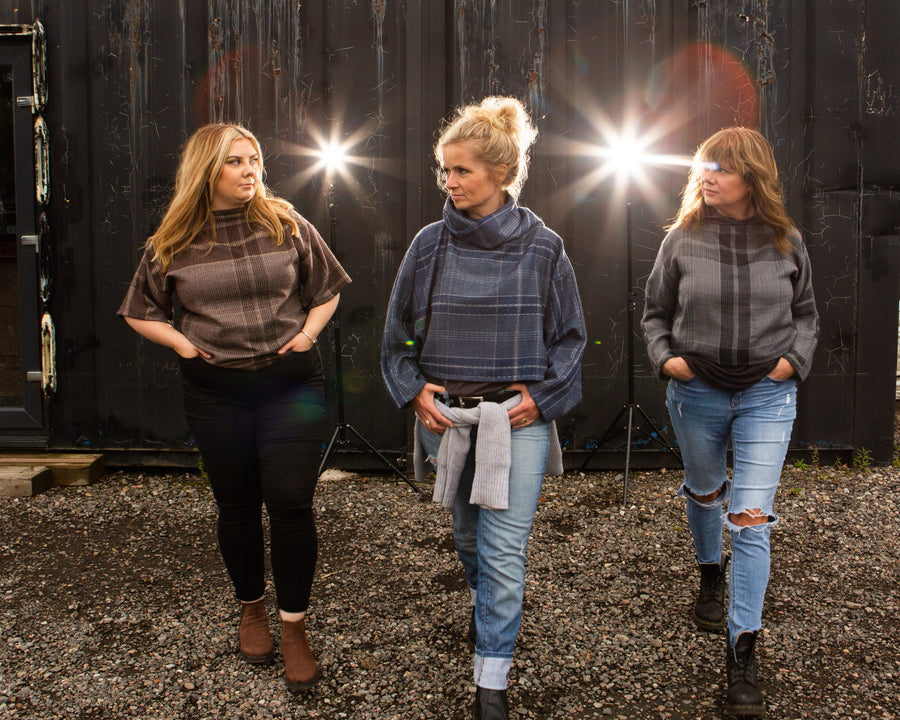

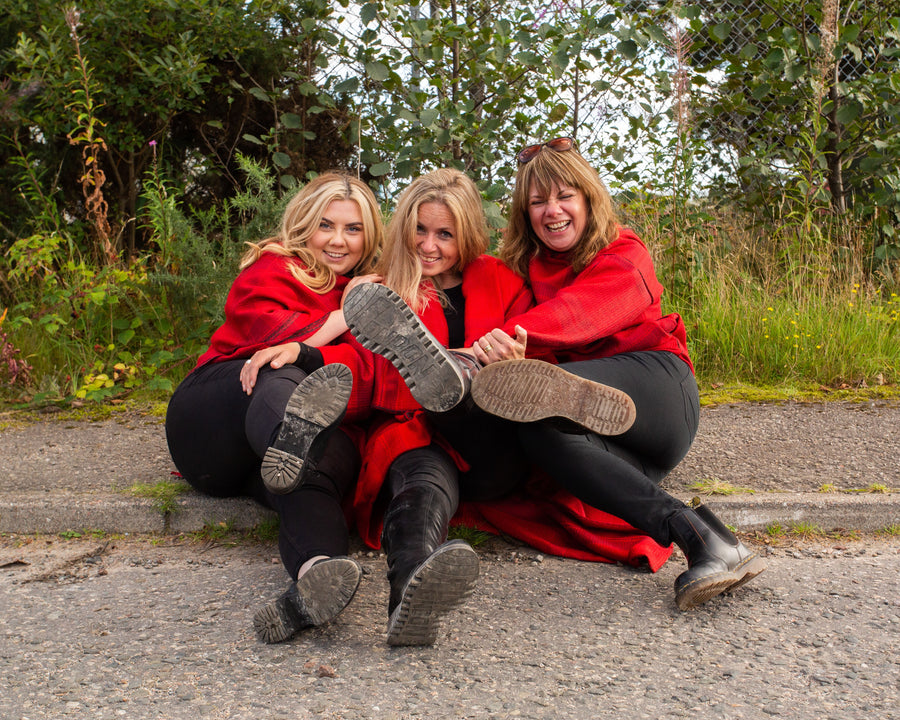





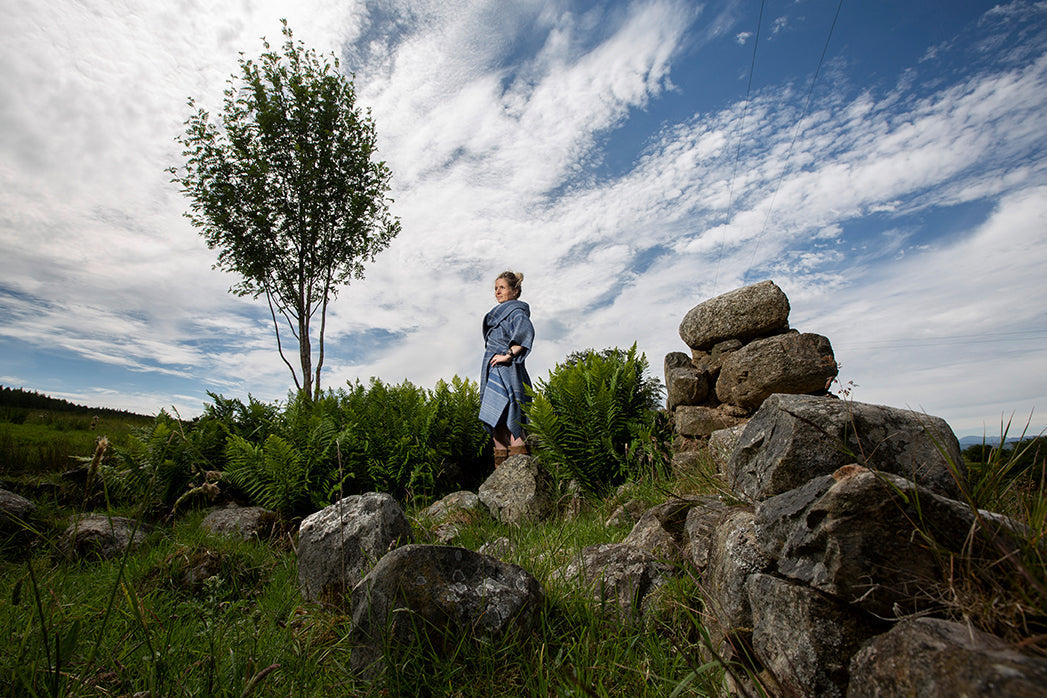

Share Your Thoughts